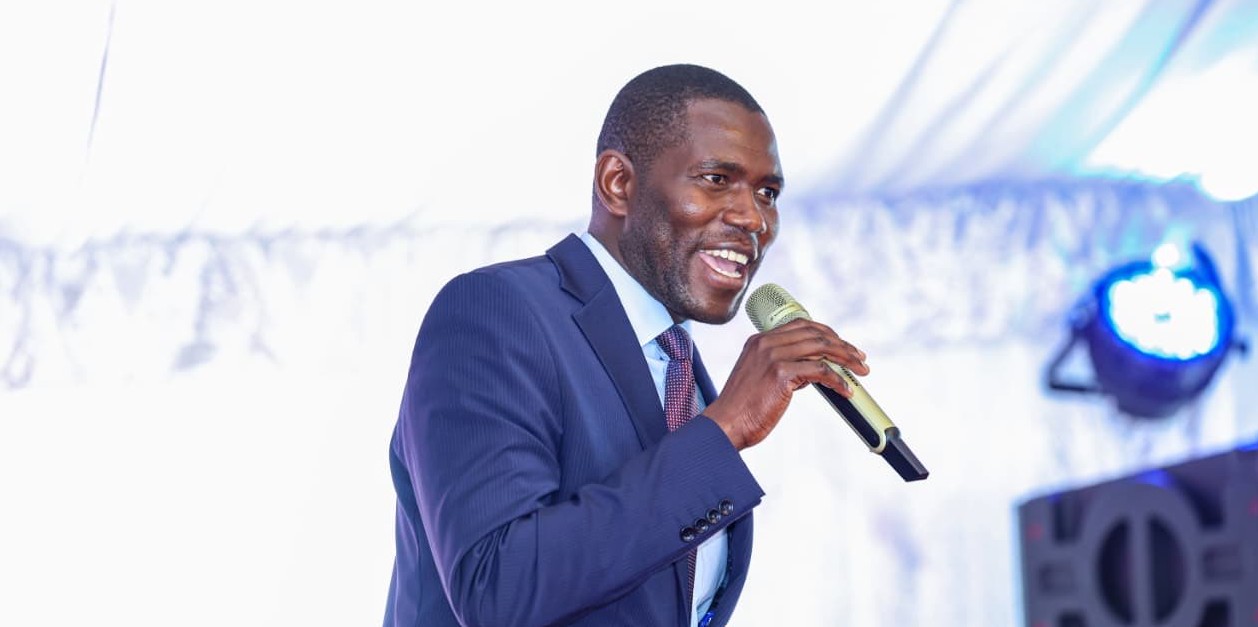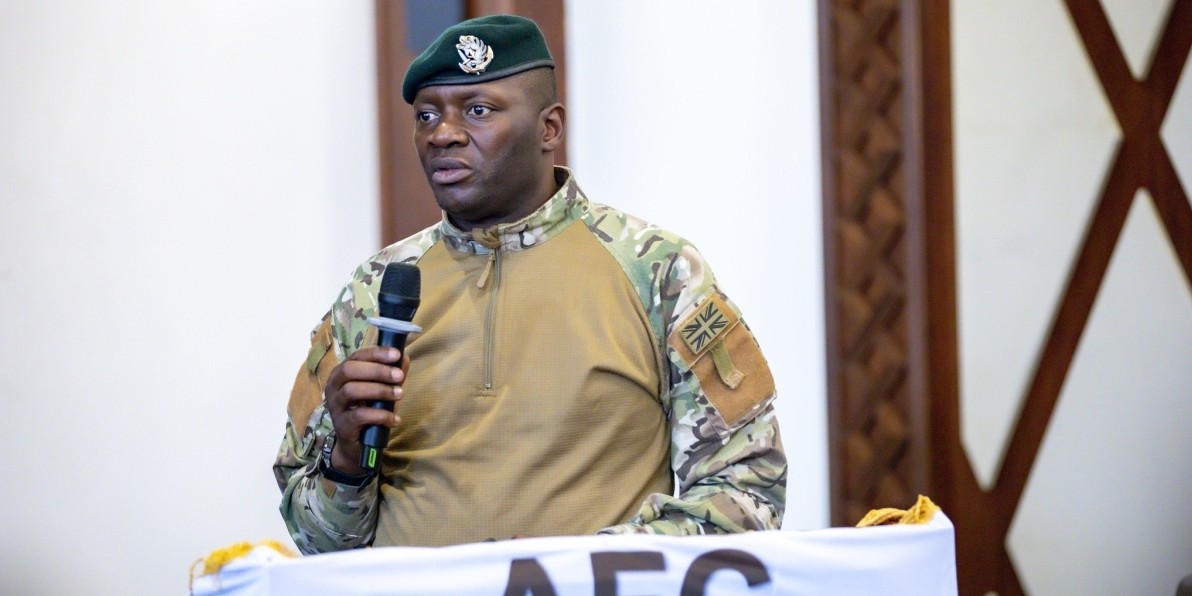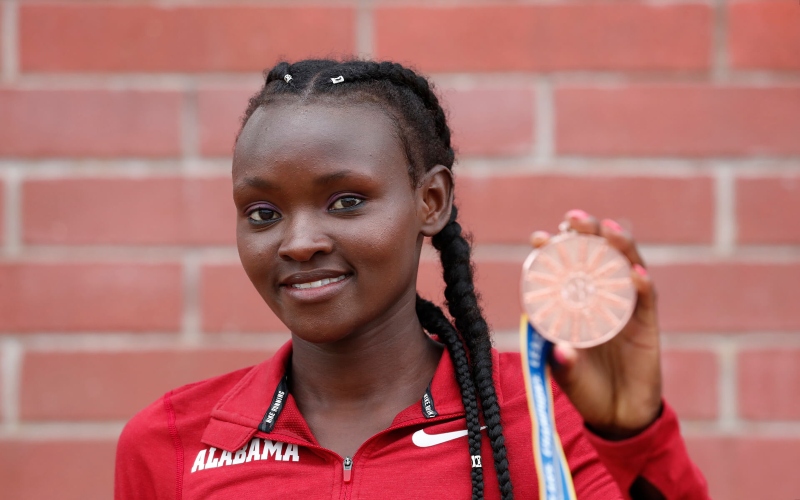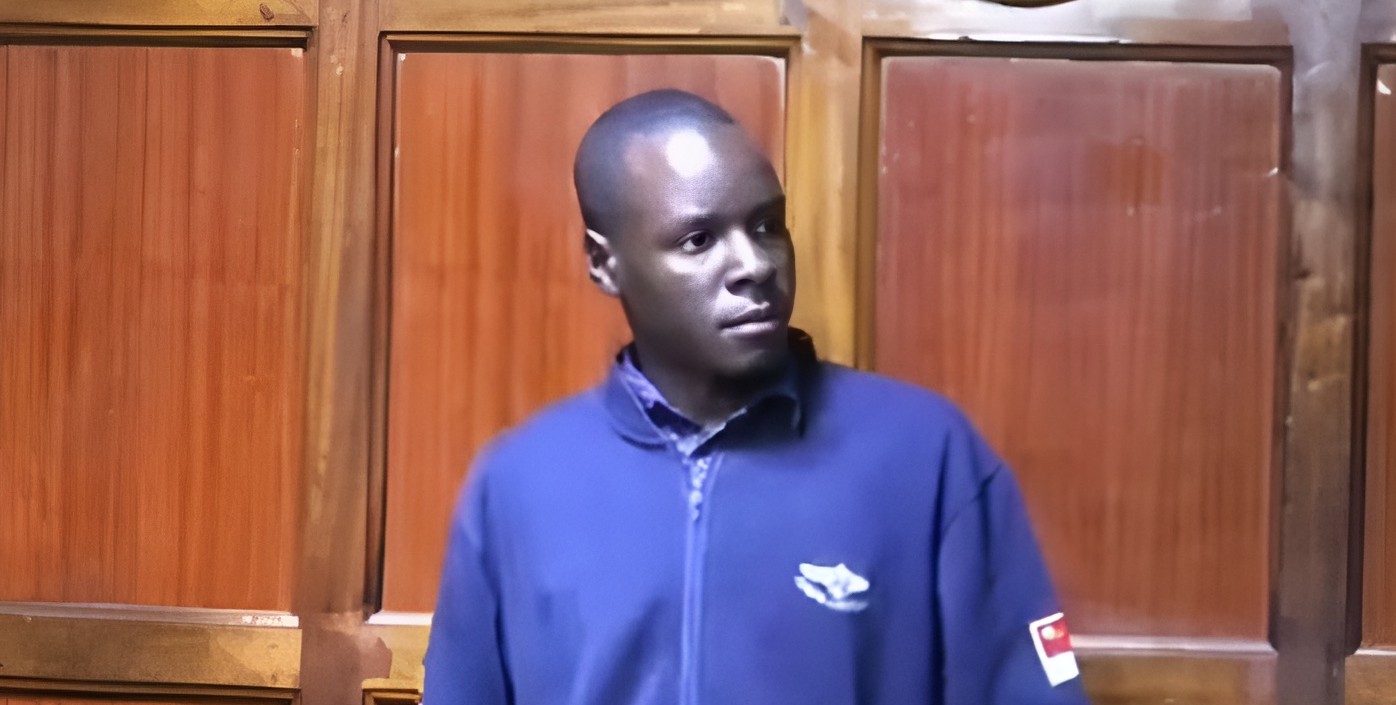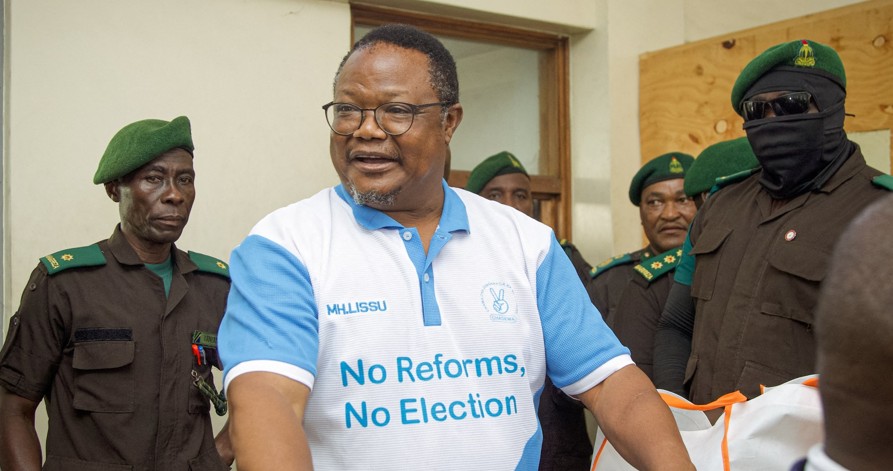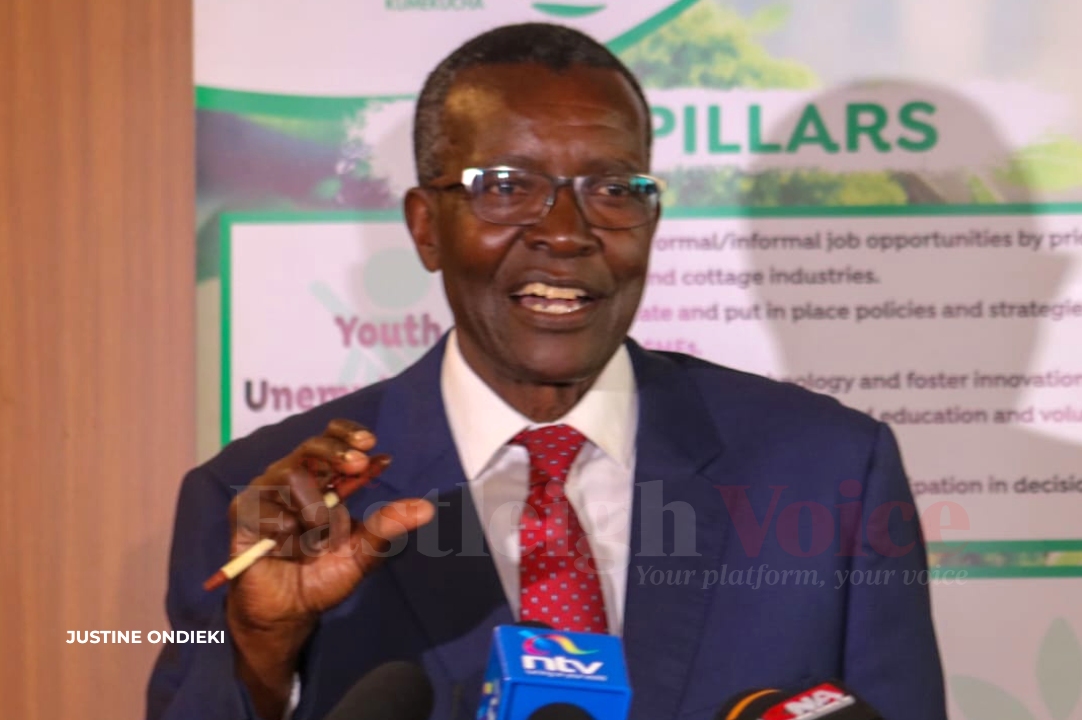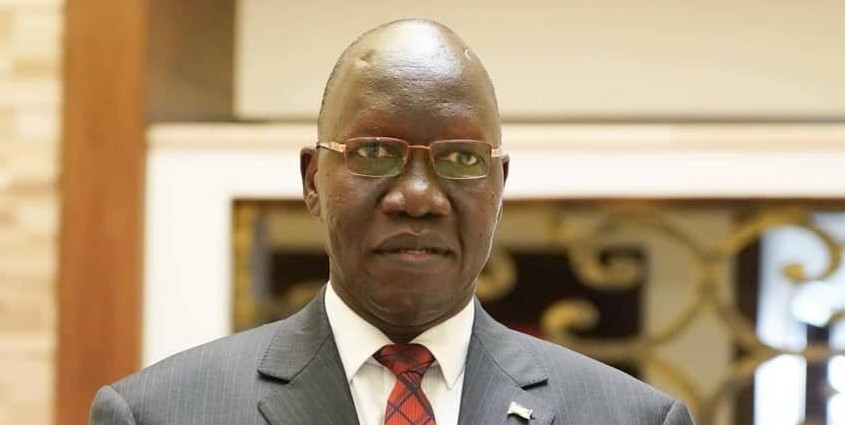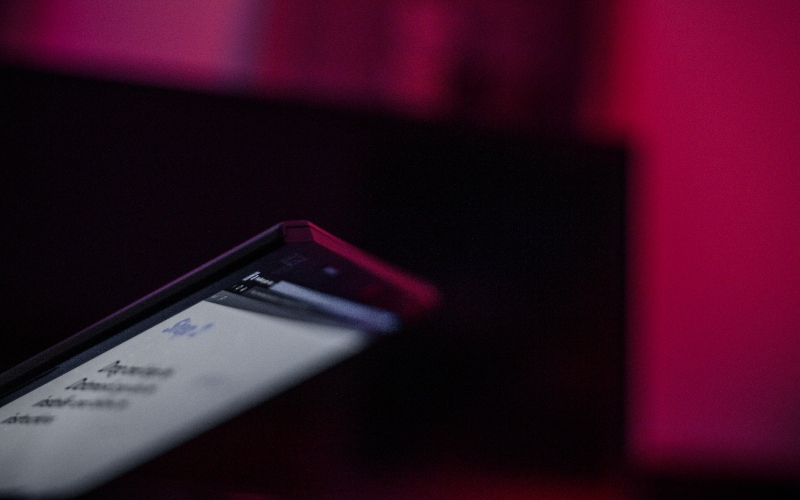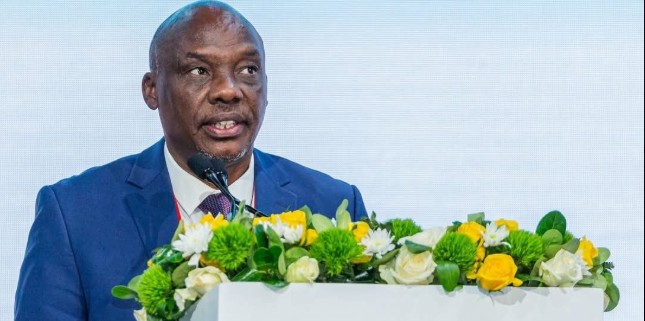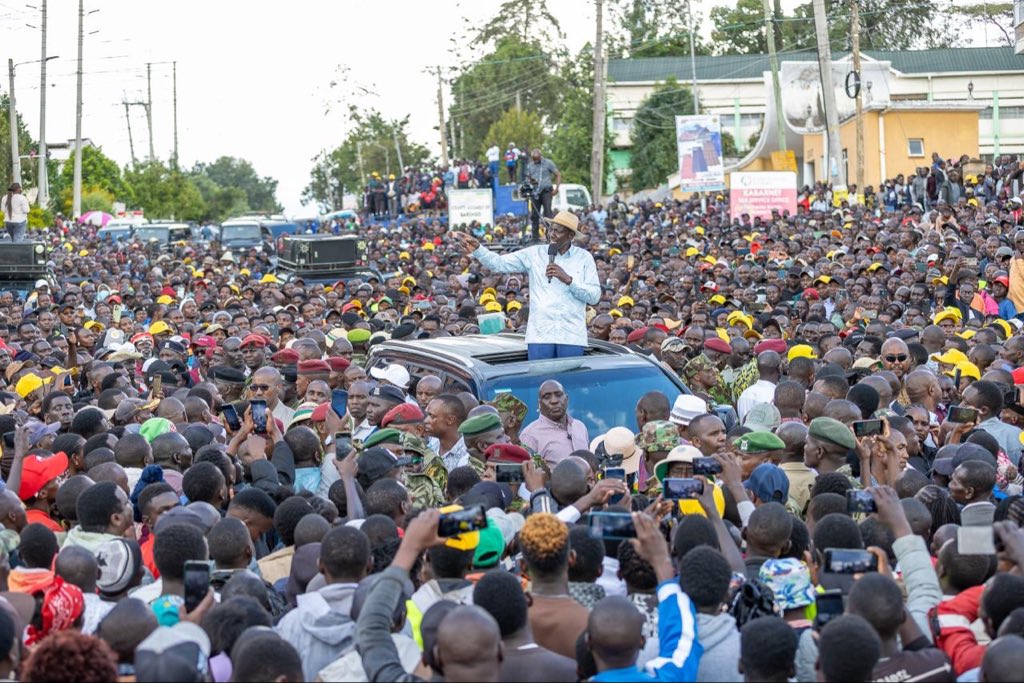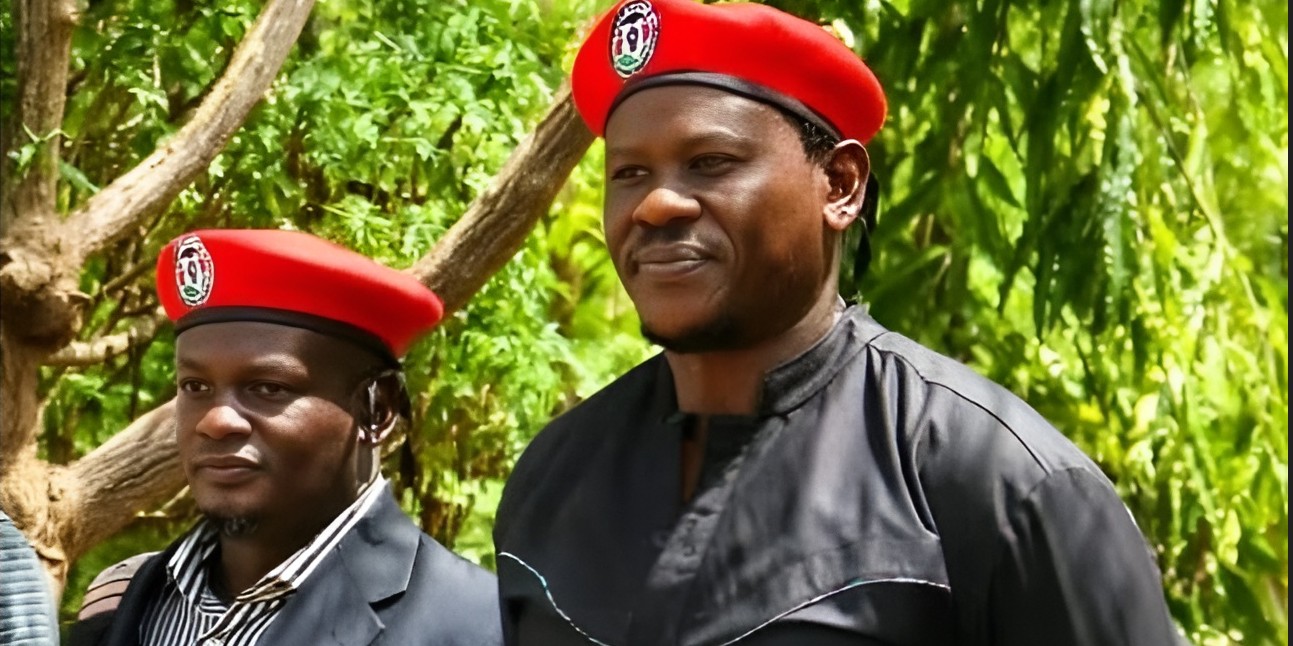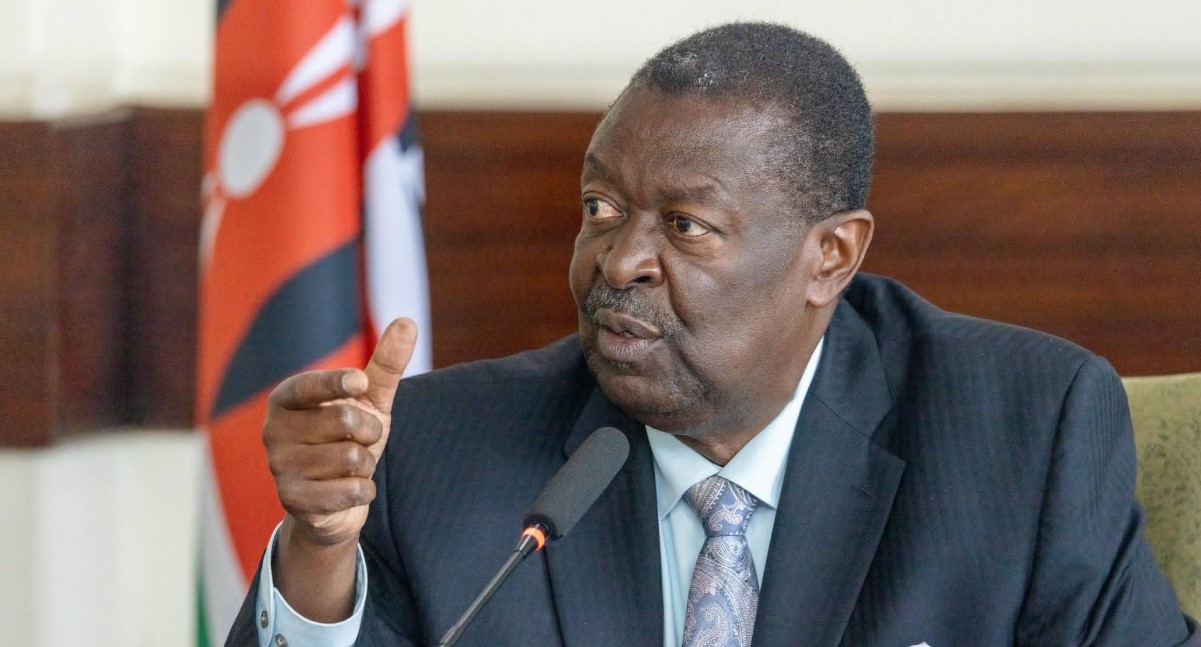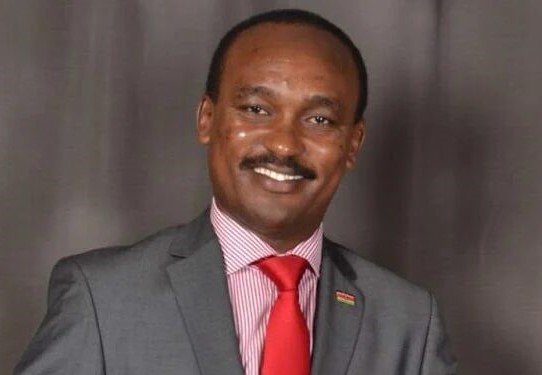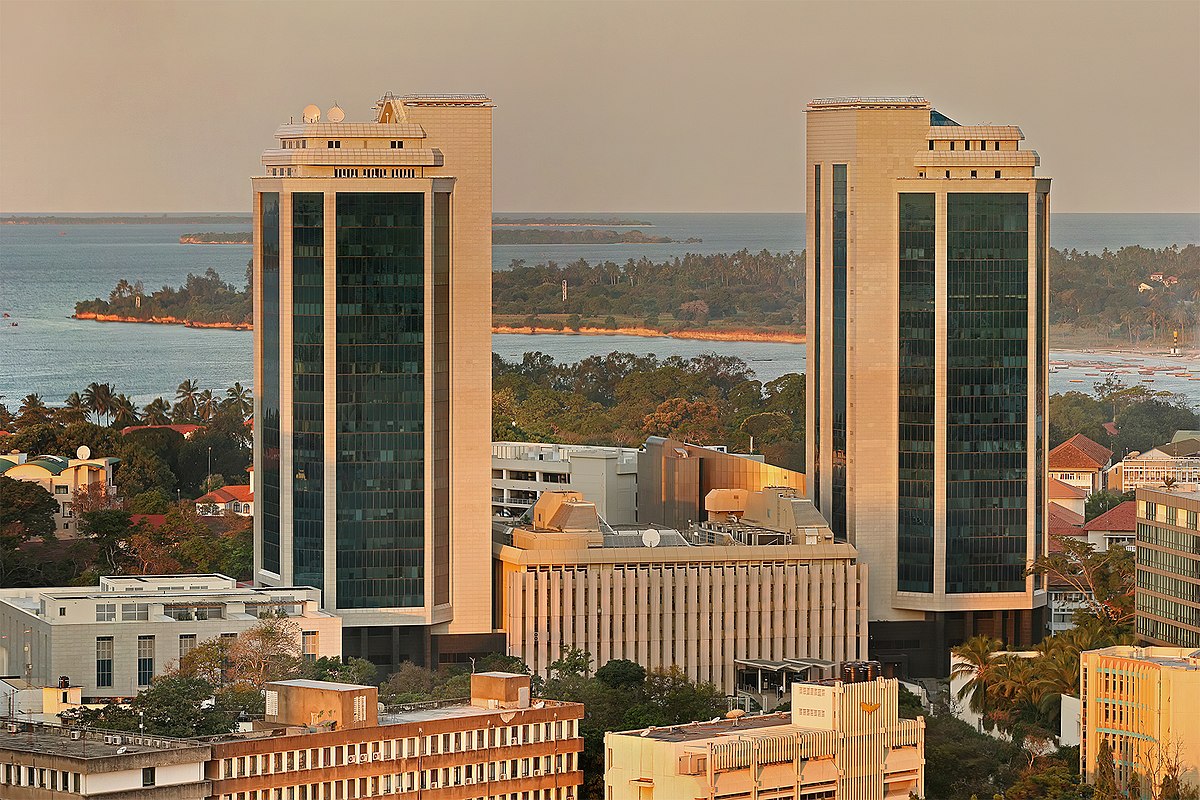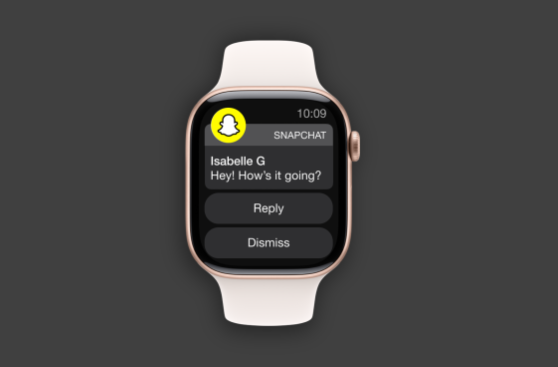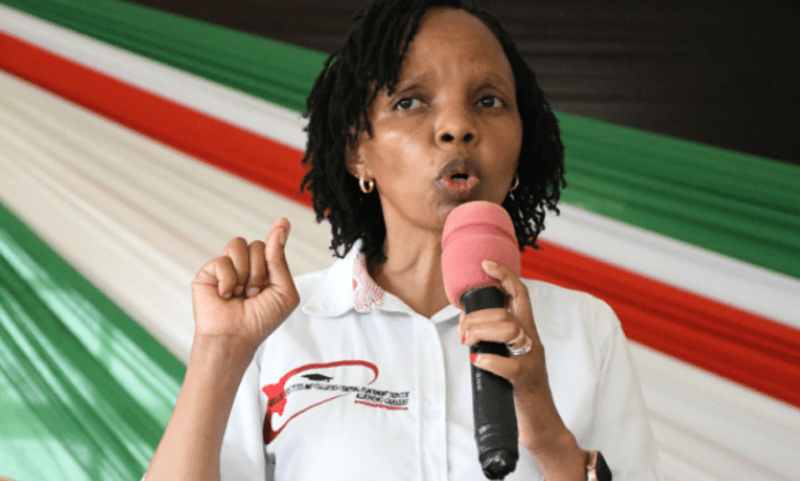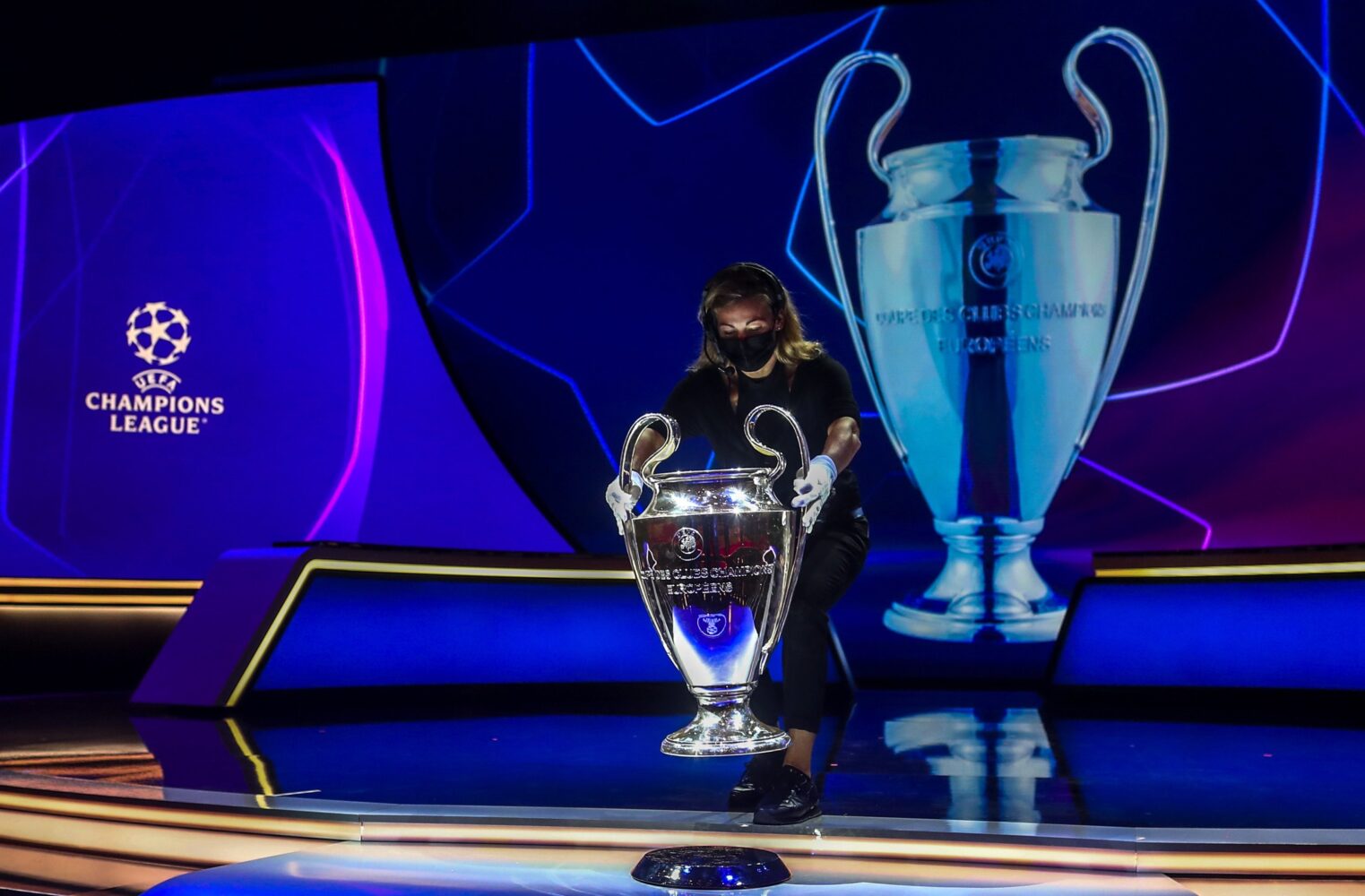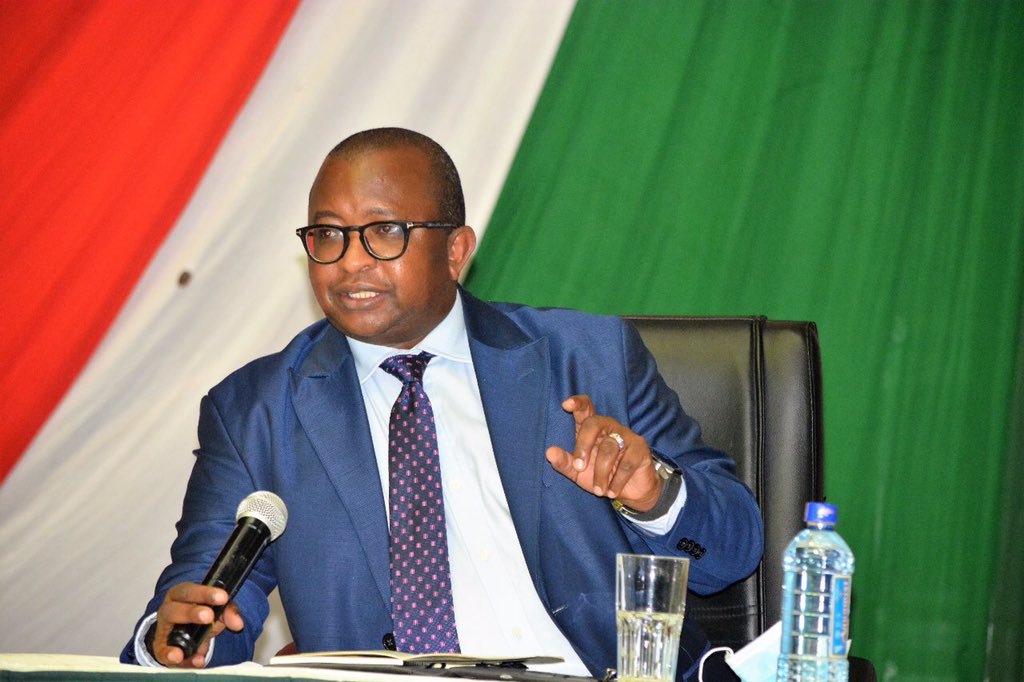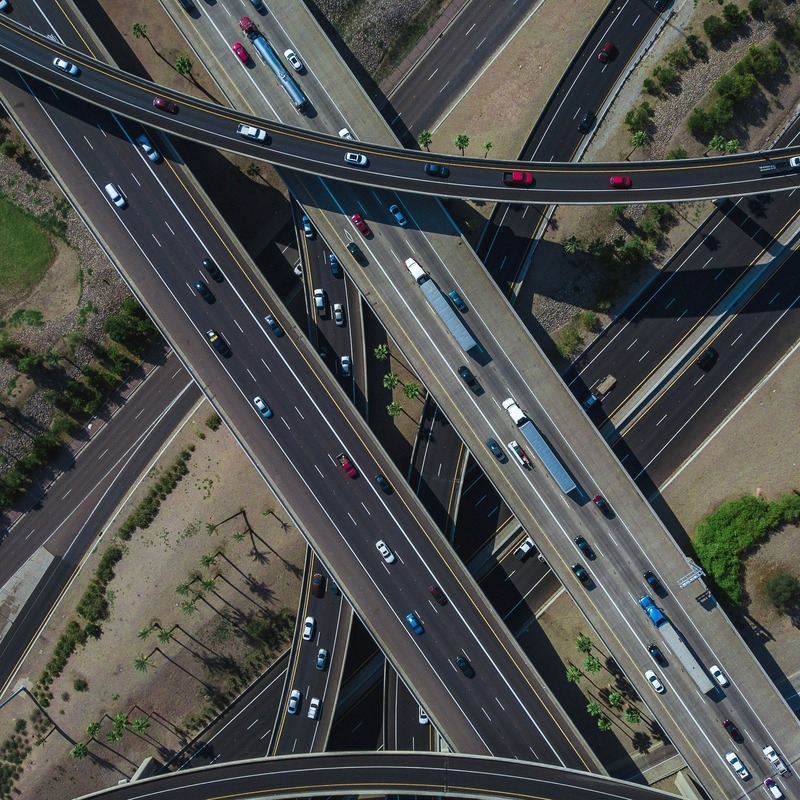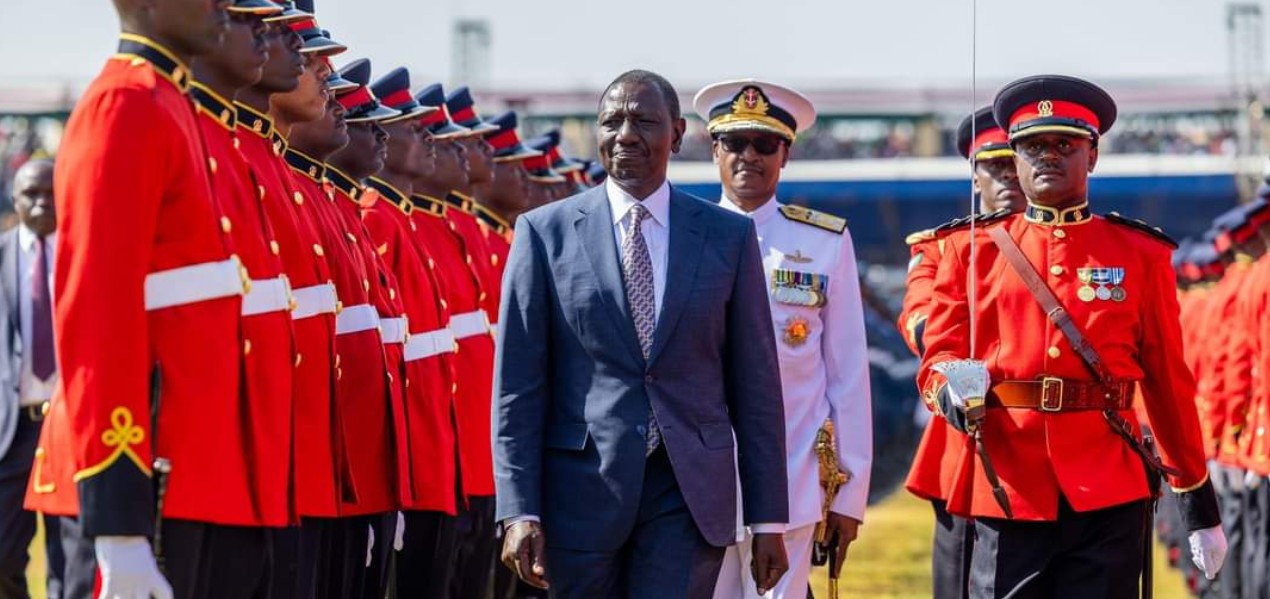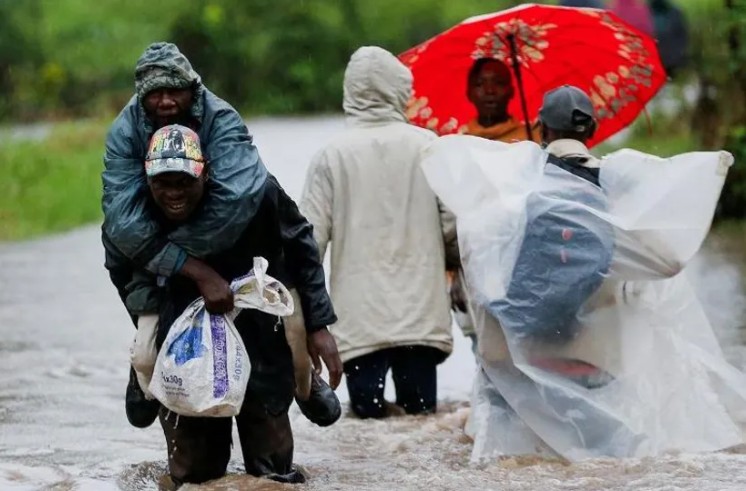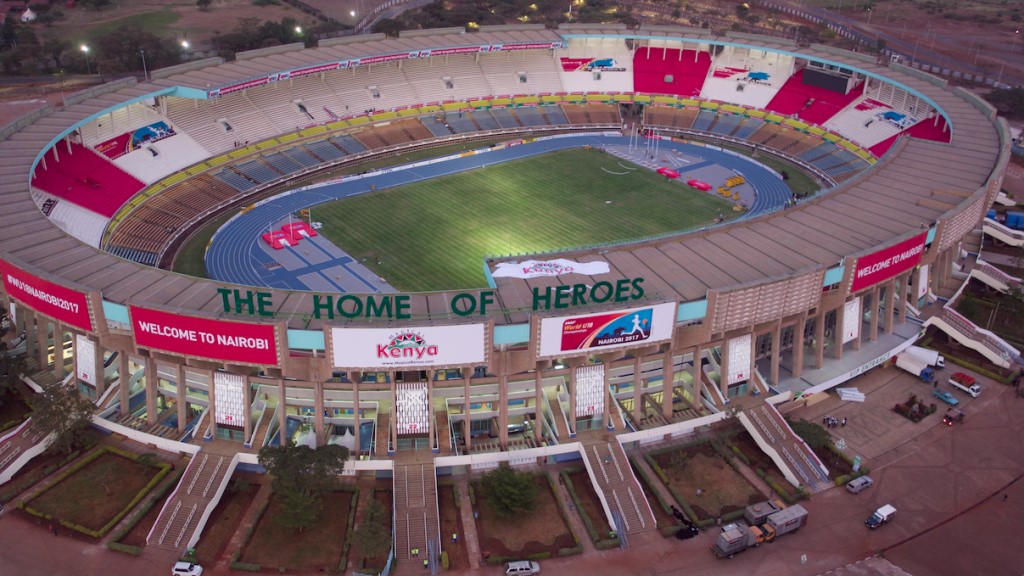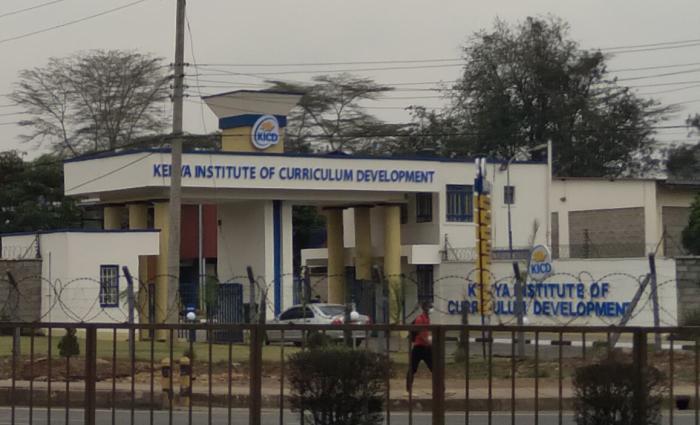Pope Francis: An unconventional pontiff who sought to modernise Catholicism
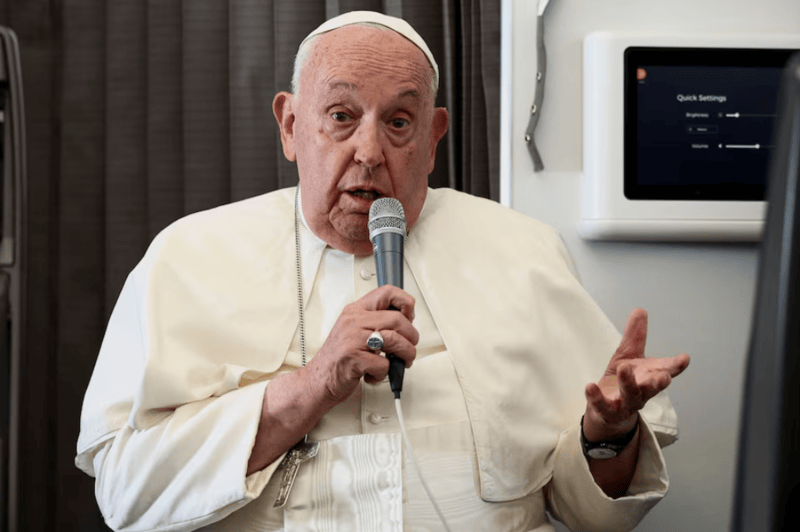
He took the name Francis in honour of Saint Francis of Assisi, becoming the first uniquely named pope in over 1,000 years (the last being Pope Lando in 913). Many of his major teachings, known as “papal encyclicals”, echoed the wisdom of Saint Francis.
Liam Temple, Durham University
More To Read
- Top Christian leaders in Jerusalem deliver tons of aid to Gaza after church attack
- Vatican beatifies Congolese customs officer killed for rejecting a bribe
- Senators call for formation of commission to investigate murder of priests following Fr Bett’s killing
- Pope Leo XIV signals vision for peace, social justice and tradition in first public moments
- Cardinal Robert Prevost elected as Pope Leo XIV
- White smoke appears from chimney of Sistine Chapel, signals new pope elected
From the moment of his election in 2013, Jorge Mario Bergoglio, the man who became Pope Francis, proved himself to be unconventional.
Shedding much of the formality of previous papal elections, he appeared for the first time on the balcony of Saint Peter’s Basilica in a simple white cassock without the red ermine-trimmed cape, known as a mozzetta, traditionally worn on such occasions.
On his chest was the silver pectoral cross he had worn as archbishop of Buenos Aires, rather than the gold cross worn by previous popes. His early demonstrations of unconventionality went beyond his dress as he refused to live in the Apostolic Palace, residing primarily in the Domus Sanctae Marthae guesthouse.
He was a pope of other firsts.
He took the name Francis in honour of Saint Francis of Assisi, becoming the first uniquely named pope in over 1,000 years (the last being Pope Lando in 913). Many of his major teachings, known as “papal encyclicals”, echoed the wisdom of Saint Francis.
For instance, Laudato Si (Praise Be to You, 2015) and Fratelli Tutti (All Brothers and Sisters, 2020), concerning care for the planet and care for each other, respectively, drew their inspiration from the saint.
“My roots are Italian, but I am Argentinian and Latin American,” he insisted in his recent autobiography. It was this background as the first pope from the southern hemisphere, and his upbringing in Argentina, that formed his role as a voice for those on the peripheries of society: migrants, the poor, victims of war and the helpless.
Such an approach also reflected a diverse new reality within the church. The majority of the 1.36 billion Catholics around the world live outside Europe and North America.
He made clear early on that representing this new reality was central to his papacy by making his first official papal visit outside of Rome to the island of Lampedusa in southern Italy, where many migrants and refugees fleeing warfare attempted to land as a route into Europe. Denouncing people trafficking and referring to the 2013 migrant shipwreck that killed over 300 people, Pope Francis would later describe the island as an “underwater cemetery for too, too many corpses”.
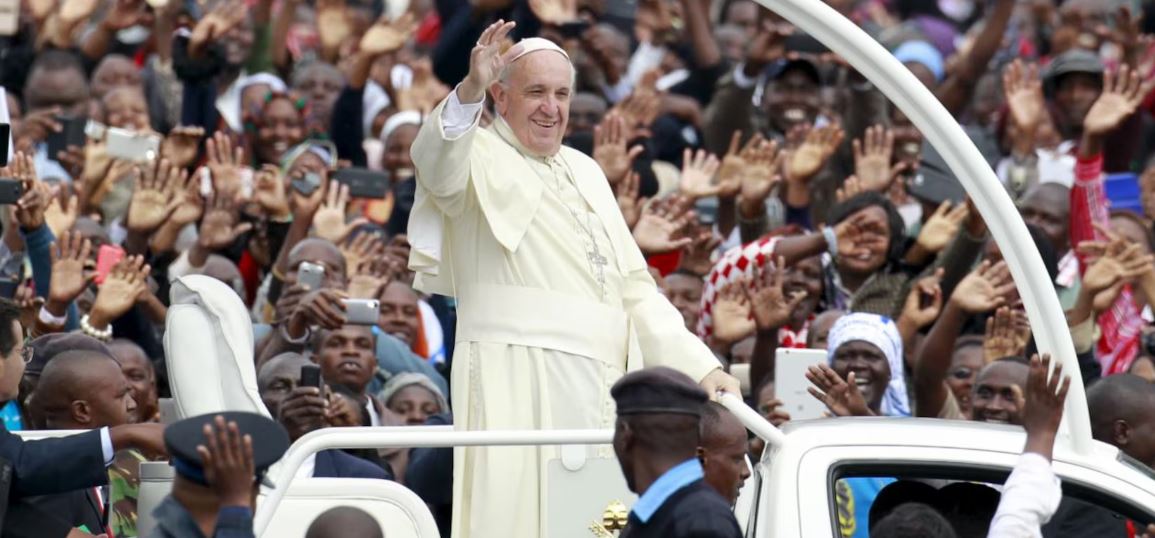 Pope Francis waves to the faithful as he arrives for a Papal mass in Kenya's capital Nairobi, November 26, 2015. (Photo: REUTERS/Thomas Mukoya)
Pope Francis waves to the faithful as he arrives for a Papal mass in Kenya's capital Nairobi, November 26, 2015. (Photo: REUTERS/Thomas Mukoya)
A modernising pope
Pope Francis was also the first pope to be formed entirely in the spirit of the Second Vatican Council (1962-1965), which brought about fundamental changes to how the Catholic church related to wider society and the “modern world”. This included the celebration of the Mass in vernacular languages, rather than exclusively Latin.
Such formation shaped his attitude on such topics as the role of women in the church, technology and AI, the ongoing ecological crisis and the relationship between Catholicism and other faiths.
While the pope had made clear his feelings that “Vatican II” had not yet been fully implemented, his adherence to its ethos has made him unpopular with Catholics who view the changes brought about by the council as misplaced.
In 2021, he imposed new restrictions on the use of the older Latin mass, which had been commonplace before the council, now requiring priests to have the permission of their bishop for such a celebration. This reversed the allowances of his predecessor, Benedict XVI, who had permitted all priests to say Mass using the Roman Missal of 1962, without bishops permitting them.
The move was unpopular among many traditionalists who saw the pope as distancing himself from historical tradition. In response, the pope had criticised “those who seek to ‘safeguard the ashes’ of the past” rather than concern themselves with the future growth and progress of the church.
Fine balancing act
In many ways, Pope Francis embodied a tension at the heart of Catholicism in the 21st century: too liberal for some Catholics and not liberal enough for others. As such, his attempts at reform necessarily became a fine balancing act. History will undoubtedly judge whether the right balance was struck.
His papacy was not without controversy. In May 2024, he apologised for using a derogatory term for gay men in a private meeting with Italian bishops, the remarks splashed on headlines around the world. The episode was particularly shocking as he had previously indicated a shift in the tone of the church’s attitude on issues such as blessings for same-sex couples.
In 2018, he admitted he made “grave errors” in his handling of clerical abuse cases in Chile. During a visit to the country, he had defended Bishop Juan Barros, who stood accused of covering up sexual abuse. The pope cited a “lack of truthful and balanced information” and subsequently invited the victims to Rome to apologise.
The pope’s funeral and burial will continue his unconventionality. He will forgo the traditional three interlocking caskets of cypress, lead and oak, instead requesting a simple, zinc-lined wooden coffin.
He will also be the first pope to be buried outside the Vatican in over a century, asking instead to be buried at Rome’s Basilica of St. Mary Major. His funeral ceremony will also be simplified and shortened at his request.
The Conversation
Liam Temple, Assistant Professor in the History of Catholicism, Durham University
This article is republished from The Conversation under a Creative Commons license. Read the original article.
Top Stories Today
